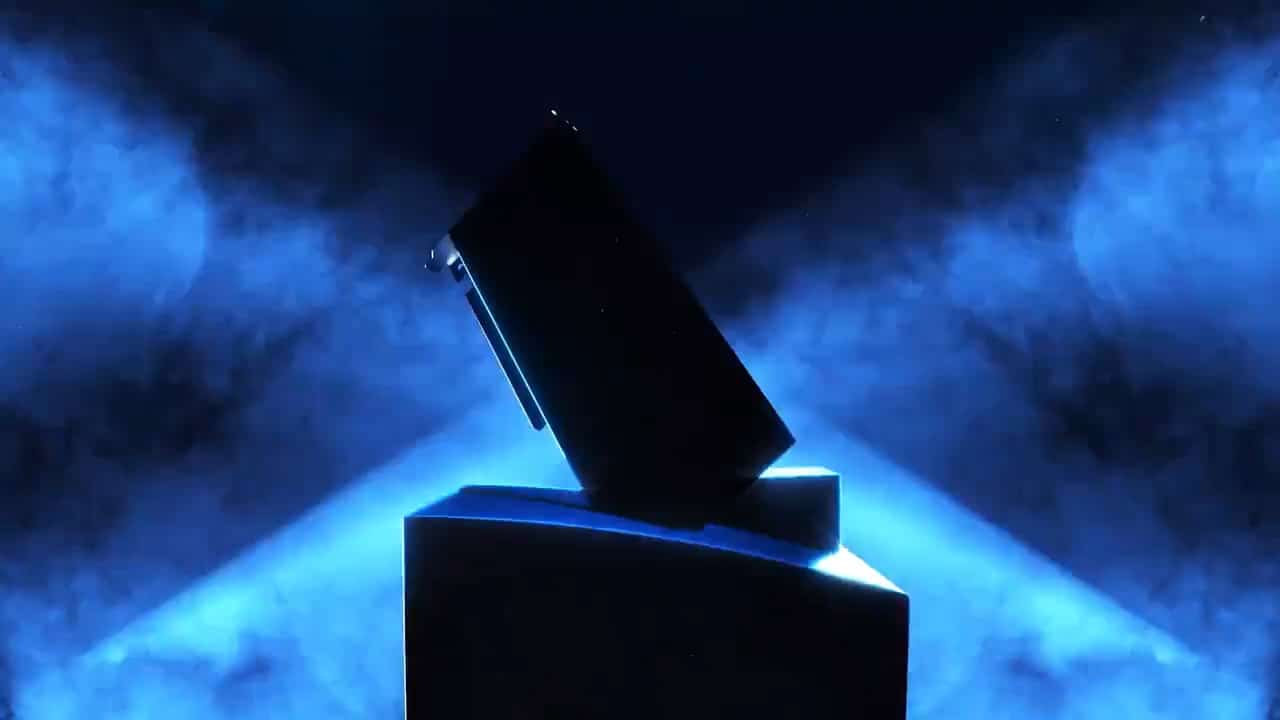AMD’s former graphics manager Raja Koduri was for a long time the face of the Radeon brand, which is why the news that he switched to Intel received a lot of attention. Exactly what he was going to do was initially vague, but it was not long before the company’s ambitions to enter the graphics card market became known.
We will set our graphics free. #SIGGRAPH2018 pic.twitter.com/vAoSe4WgZX
— Intel Graphics (@IntelGraphics) August 15, 2018
Earlier this summer, Intel published a post on Twitter with a picture of Raja Koduri and the message that the first graphics card will be released in 2020. This is now followed by a video loop that highlights the company’s existing successes on the graphics front, as they “light up every day trillions of pixels worldwide “as their circuits are integrated into processors.
The message continues that neither power consumption, size nor costs set any limits, as the company was the first to deliver support for DirectX 12 with a graphics circuit and to be able to play Netflix material in 4K resolution. The company also claims that they have delivered e-sports gaming in a computer of the same thickness as a telephone.
Intel uses this as a receipt for “And in 2020, We, Will, Set, Our, Graphics Free, And that’s just the beginning”, where each word in the message shows renderings of what appears to be a graphics card. In other words, Intel believes that they are already doing a lot with a small power budget and circuit space for integrated solutions, so they should be able to deliver when they scale up to a full-scale – dedicated – graphics circuit.
A graphics card or plug-in card that is built around a graphics processor can mean many things, which is also the case. In conversations with analysts, Intel’s then CEO Brian Krzanich said that the investment will extend all the way from data centers, where artificial intelligence (AI) and machine learning were taken as examples, but also workstations and games.
Very little or almost nothing is known about the upcoming architecture, except that its name is Arctic Sound and that its successor is called Jupiter Sound. In terms of manufacturing technology, 10 nanometers will be functional and in production by 2020, which makes it a hot candidate for Arctic Sound.















